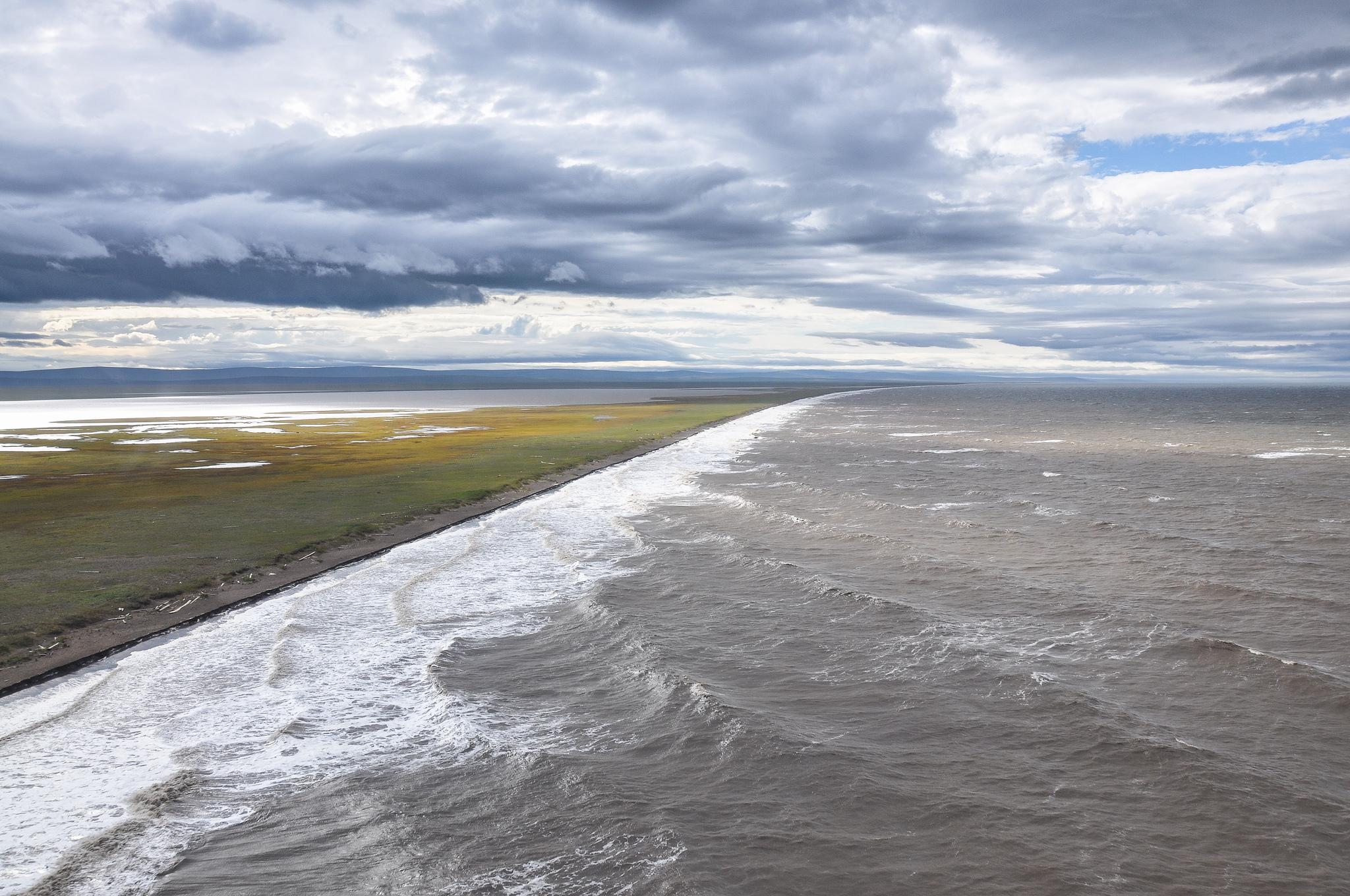New climate models predict ice-free Arctic summers by 2050
The results surprised scientists.

New research using updated global climate models surprised scientists by finding that an overwhelming majority of these models predict ice-free summers in the Arctic Ocean before 2050. And that’s true even in scenarios where actions are taken to reduce greenhouse gas emissions.
In a research letter to the journal Geophysical Research Letters, a team of climate modelers found that the newest group of models, known as CMIP6, “provides a more realistic estimate of the sensitivity of September Arctic sea‐ice area” than previous versions.
The models are still limited in their ability to predict both the area of sea ice and global temperatures at the same time, but nearly all models predicted an ice-free Arctic summer by 2050.
“No matter how much climate protection measures we put into place, we will see largely ice-free Arctic summers over the next decades,” Dirk Notz, a professor at the University of Hamburg and lead author of the study, told ArcticToday. The consensus on this prediction — and the thought of barely any ice over the North Pole — surprised the researchers.
“So far, we’ve always thought that we can still avoid having the ice go altogether, at least in some years.”
And because the models are not quite attuned to the role of higher temperatures in Arctic sea ice melt, “most likely, future changes in the real world will be faster than these models project,” said Jennifer Francis, a senior scientist at Woods Hole Research Center.
“The increased certainty of these models removes some of the ‘what if’ that was there before,” Francis told ArcticToday. “This new Arctic is coming, and we’d better prepare for it.”
Preparations should include managing commercial opportunities and mitigating the effects on Indigenous lives and livelihoods, among other strategies, Francis said.
While the Arctic will see some ice-free seasons at least every few years, Notz said, reducing emissions now would cut back on how often that happens.
“We can still prevent that this will become the normal state of the Arctic in the future,” he said. “There is still at least some room for action.”